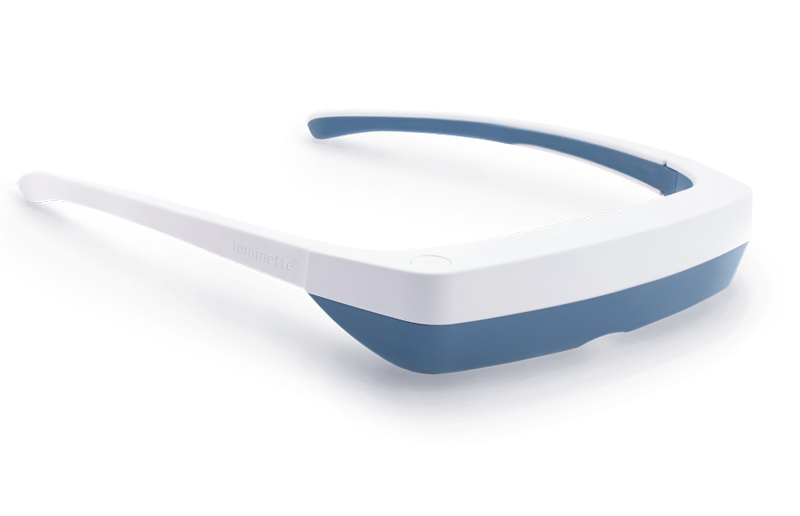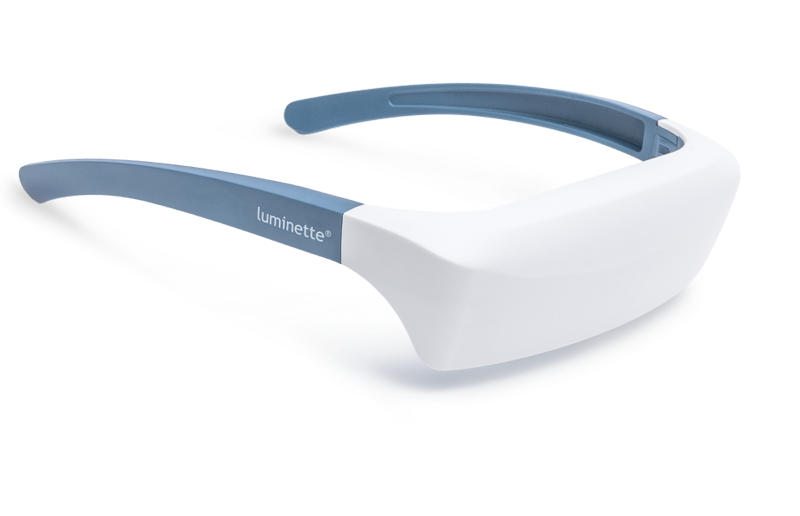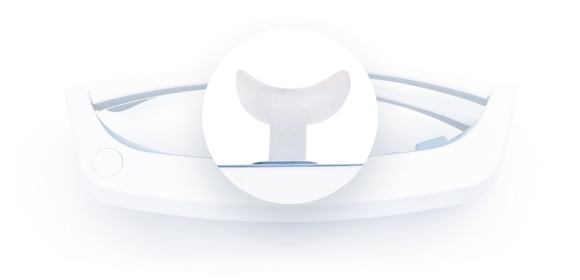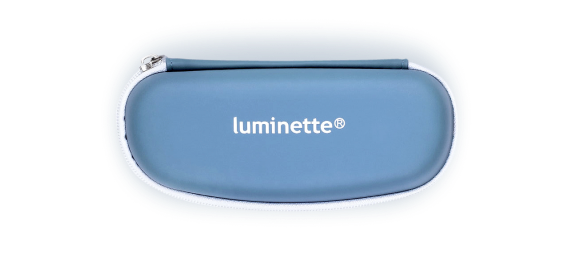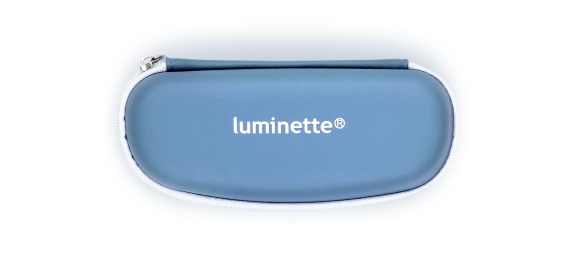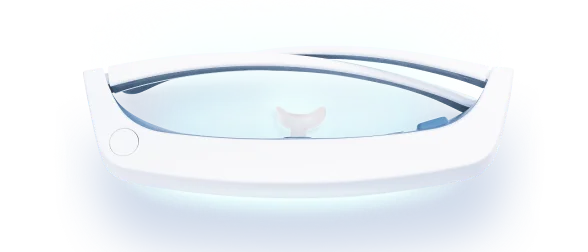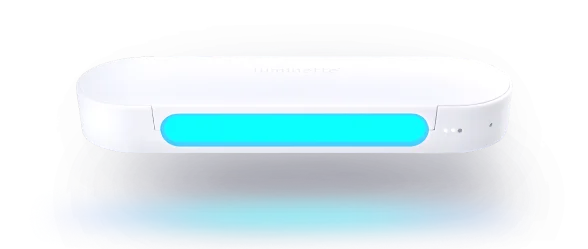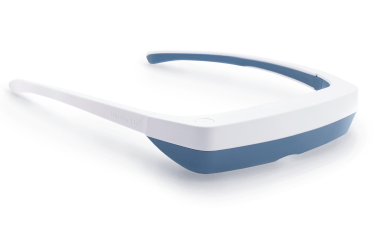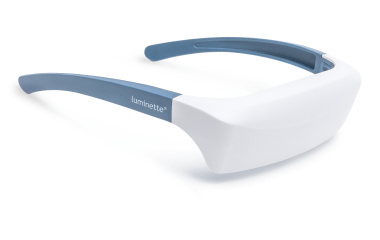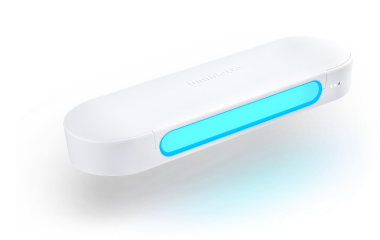In a world that never seems to slow down, sleep often takes a backseat. Yet, it plays a crucial role in our overall health and well-being. Among the different stages of sleep, light sleep holds a unique and often underestimated position. This blog post will unravel the mysteries of light sleep, its significance in the sleep cycle, and how you can optimize it for better health. Whether you're a health enthusiast, a sleep expert, or simply an adult seeking better sleep, you'll find valuable insights here.
Sleep is not just a state of rest; it's a complex process that revitalizes our mind and body. Light sleep is one of the first stages we enter as we drift off, setting the stage for deeper sleep cycles. Understanding this stage can offer insights into improving sleep quality and overall health.
What is Light Sleep?
Light sleep is the stage between wakefulness and deep sleep, serving as a light transitional phase that prepares our body for deeper, more restorative sleep. During this stage, we're still easily awakened by external stimuli but are gradually transitioning into the deeper stages of sleep, such as slow-wave sleep and REM sleep.
In light sleep, our brain waves begin to slow down, moving away from the more active alpha waves seen during wakefulness to the slower theta waves. This is also when our muscles start to relax, helping us ease into restfulness. It's common to experience muscle twitches or hypnagogic jerks during this stage, which are completely normal reactions as our body adjusts.
Our eyes also move slowly during light sleep, contrasting with the rapid movements seen during REM (rapid eye movement) sleep. In REM, the eyes dart back and forth under the eyelids, a stage often associated with vivid dreaming. Light sleep, though less intense, is an essential part of the sleep cycle, allowing our bodies to prepare for the deeper and more critical restorative processes that follow.
Sleep Stages
The sleep cycle is divided into several distinct stages, each with unique characteristics and functions. These stages are broadly categorized into Non-REM (NREM) and REM sleep, which alternate in cycles throughout the night, ensuring our body and mind receive necessary rest and rejuvenation.
NREM sleep is composed of three stages, beginning with light sleep in stage 1, advancing to a moderately deeper sleep in stage 2, and culminating in the deep, restorative phase of stage 3, often known as slow-wave sleep. During these stages, the heart rate slows, muscles relax, and the brain initiates memory consolidation.
REM sleep, in contrast, is marked by rapid eye movement, heightened brain activity, and vivid dreams. It occurs cyclically, with each REM period lengthening as the night progresses, playing a crucial role in emotional regulation and cognitive function. These alternating cycles of NREM and REM sleep are essential for maintaining overall health and well-being.
Non-REM Sleep
Non-REM sleep consists of three progressively deeper stages, critical for physical restoration, memory consolidation, and overall health.
Stage 1: Light Sleep - As mentioned, light sleep serves as a transition between wakefulness and deeper sleep, usually lasting 5-10 minutes initially. During this period, muscle activity decreases, and individuals can be easily awakened as they remain partially aware of their surroundings.

Stage 2: Intermediate Sleep - This stage constitutes a significant portion of total sleep time, approximately 50% of the entire sleep cycle. Brain waves continue to decelerate, while body temperature and heart rate decrease. This stage offers essential rest and primes the body for more restorative sleep stages.
Stage 3: Deep Sleep - The deepest stage of NREM sleep, also referred to as slow-wave sleep, is characterized by delta brain waves. This stage is vital for physical restoration and growth, supporting immune function, muscle repair, and the release of growth hormone. It is also important for feeling refreshed upon awakening; interruption during this stage can lead to grogginess.
REM Sleep
REM, or Rapid Eye Movement sleep, is essential for cognitive functions such as learning and memory. This stage is marked by intense brain activity, rapid eye movements, and dreaming, typically occurring 90 minutes after sleep onset. Each REM cycle may extend as the night progresses, comprising approximately 20-25% of total sleep time. During REM, the brain remains active while the body experiences temporary muscle paralysis to prevent acting out dreams. This stage is crucial for processing emotions, solidifying memories, and fostering creativity, differentiating it from lighter sleep stages.
Characteristics of Light Sleep
Light sleep, though brief, has distinct features that serve essential purposes in the sleep cycle. It is characterized by a slight decrease in heart rate, relaxation of muscles, and the beginnings of a restorative process for the body and mind. This stage acts as a transition between wakefulness and deep sleep, preparing the body for the more restorative phases that follow. Understanding these features can help us appreciate its role and find ways to improve its quality, such as creating a restful sleep environment and maintaining a consistent sleep schedule.
Brain Activity
During light sleep, brain activity decreases significantly compared to wakefulness. The brain begins to produce theta waves, marking the initial stage of sleep. This transitional phase is crucial as it helps prepare the mind for the restorative processes that occur in deeper sleep stages, such as slow-wave sleep and REM sleep. During light sleep, the brain also begins to consolidate memories and process the information gathered throughout the day, playing a vital role in learning and memory retention.
Muscle Activity
In light sleep, muscle activity reduces as the body starts to relax and unwind from the day's tensions. This diminution of muscle activity is essential, as it helps prevent sudden movements or jolts that could interrupt the sleep cycle and cause disturbances. It acts as a preparatory phase that sets the tone for deeper relaxation and complete muscle atonia in subsequent stages of sleep, particularly during REM sleep, where dreaming occurs.

Eye Movement
Eye movements slow down considerably during light sleep, reflecting the body's gradual transition from wakefulness to deeper sleep stages. The reduction in eye activity aligns with the body's natural circadian rhythm, helping facilitate the entry into REM sleep, where eye movements become rapid and unpredictable. This slowing down is part of the body's nightly routine, ensuring that the transition into the deeper, more restorative phases of sleep is as smooth as possible.
Breathing and Heart Rate
Breathing becomes more regular, and heart rate begins to slow down during light sleep, indicating the body's transition from an active to a more restful state. This change in breathing and heart rate is essential for overall cardiovascular health, as it allows the heart and lungs to recuperate from the daily stresses they endure. The regularization of breathing patterns and the reduction in heart rate during light sleep create a foundation for the deeper, more restorative stages of sleep, ensuring that the body can rejuvenate and maintain optimal function.
The Role of Light in Sleep Quality
Light sleep serves as a crucial link between wakefulness and deeper stages of sleep. During this phase, the body begins to relax, and the heart rate and breathing slow down, preparing the body for deeper, more restorative sleep. It's not only a period of transition but also essential for balancing and regulating the entire sleep cycle. Light sleep plays a vital role in processing memories and emotions, ensuring that the body gets the rest and rejuvenation it needs to function optimally during waking hours.
How to Improve Light Sleep Quality
Improving light sleep quality is about understanding its role in the overall sleep cycle and making conscious efforts to optimize this crucial stage. Light sleep is essential for memory consolidation and cognitive function, serving as a bridge between deep sleep and REM sleep. By focusing on lifestyle changes and environmental adjustments, there are practical steps anyone can take to enhance light sleep quality, which, in turn, boosts overall sleep health.
- Create a Sleep-Conducive Environment: Ensure your sleep space is comfortable, dark, and quiet. A comfortable mattress and supportive pillows can make a big difference. Consider using blackout curtains to block out any intrusive light and white noise machines to minimize disruptions from outside sounds.
- Establish a Sleep Routine: Consistency is key. Try to go to bed and wake up at the same time every day, even on weekends. A consistent sleep schedule helps regulate your body's internal clock, making it easier to fall asleep and wake up naturally.
- Limit Exposure to Screens Before Bed: The blue light emitted by screens from phones, tablets, and computers can interfere with the production of melatonin, the hormone responsible for sleep. Aim to turn off screens at least an hour before bedtime. Instead, opt for relaxing activities like reading a book or taking a warm bath.
- Consider Light Therapy: Light therapy can be beneficial, especially for those who struggle with seasonal mood swings or irregular sleep patterns. It involves exposure to a bright light that mimics natural sunlight, helping to regulate your body's natural sleep-wake cycle and making it easier to fall asleep, ultimately enhancing overall sleep quality.

How Light Therapy Improves Sleep Quality
Light therapy, or phototherapy, is a treatment involving exposure to artificial light sources to regulate the body's internal clock. By mimicking natural sunlight, it effectively addresses sleep disorders such as insomnia and circadian rhythm disruptions. Stimulating melatonin production through light therapy can enhance sleep quality and promote overall health.
Benefits of Light Therapy for Sleep:
- Regulates Circadian Rhythm: Light therapy aligns your internal clock with external cues like daylight and darkness, fostering a healthy sleep-wake cycle.
- Increases Melatonin Production: Bright light exposure during the day encourages melatonin production at night, improving sleep quality.
- Decreases Sleep Disruptions: Light therapy can reduce the frequency and severity of sleep disruptions, enhancing sleep continuity.
- Helps with seasonal mood swings: seasonal mood swings, a form of disorder occurring during winter's shorter daylight hours, responds effectively to light therapy, improving mood and sleep patterns.
While light sleep may be shorter than other stages, it plays a critical role in maintaining overall health and well-being. By understanding its characteristics and implementing strategies to enhance its quality, we can optimize sleep and benefit from a restorative night's rest. Consider incorporating some of these strategies into your routine.
Luminette 3 light therapy glasses are innovative eyeglasses designed to allow you to enjoy a light therapy session while engaging in your regular activities. Unlike traditional therapy lamps, Luminette 3 eyeglasses feature an artificial light source that directs a safe light beam into your eyes without causing any dazzling effect or obstructing your clear vision.
To use them, simply wear the eyeglasses and press a button to activate the light, and your phototherapy session begins. These glasses are user-friendly and compatible with those who wear prescription glasses or contact lenses, ensuring no disruption to vision or comfort.
With the convenience of Luminette 3, there is no longer a need to sit beside a stationary light therapy lamp for 30 minutes each day. The freedom to move around means you can prepare breakfast, dive into a captivating book, catch up on your favorite TV shows, work on your computer tasks, or even engage in light exercises, all while receiving your therapeutic light exposure. Whether you're at home or on the go, Luminette 3 offers a flexible and efficient solution to incorporate light therapy into your daily life.
How Much Light Sleep Do You Need?
Comprehending the optimal duration of light sleep is crucial for sustaining a balanced and restorative sleep cycle. Light sleep serves as a transitional phase between deep sleep and wakefulness, contributing significantly to processes such as memory consolidation, cognitive function, and overall mental health. The necessary amount of light sleep can differ based on age, lifestyle, and individual factors such as stress levels and physical activity. For adults, it is generally recommended that light sleep comprise approximately 20-30% of total sleep time, equating to around 1.5 to 2 hours within a 7-8 hour sleep period. However, it is important to recognize individual variations, as some may inherently require more or less light sleep to feel refreshed and rejuvenated.
Recommended Light Sleep Duration by Age:
- Infants (0-3 months): 50-60% of total sleep, supporting rapid growth and development.
- Babies (4-11 months): 40-50% of total sleep, aiding in developmental milestones like crawling and walking.
- Toddlers (1-2 years): 30-40% of total sleep, as their physical activity increases while they explore their environment.
- Preschoolers (3-5 years): 20-30% of total sleep, supporting language development and social skills.
- School-age children (6-13 years): 20-30% of total sleep, crucial for academic performance and physical growth.
- Teens (14-17 years): 20-30% of total sleep, important for managing hormonal fluctuations and emotional health.
- Adults (18-64 years): 20-30% of total sleep, essential for sustaining cognitive function and productivity.
- Seniors (65+ years): 20-30% of total sleep, helping maintain healthy brain function and prevent cognitive decline.
The quality of sleep, including the depth of light sleep, is as critical as the quantity. Factors like sleep environment, comfort, and light exposure management contribute to the overall effectiveness of light sleep within the sleep cycle. A comfortable mattress, a quiet and dark room, and a consistent sleep schedule can significantly enhance the restorative benefits of light sleep. Additionally, minimizing screen time before bed and managing stress through relaxation techniques can improve the overall sleep experience.
Conclusion
In the pursuit of restful and rejuvenating sleep, understanding the nuances of light sleep and its relationship with our sleep environment is paramount. From identifying what color light helps you sleep to incorporating the best light color for sleep, these considerations form the cornerstone of a sleep-conducive atmosphere. The significance of striking a balance between light and dark, as well as harnessing innovative solutions like the Luminette light therapy glasses, cannot be overstated. Additionally, recognizing how much light sleep you need, tailored to individual age groups, empowers individuals to optimize their sleep patterns. By embracing these insights, we embark on a journey towards a more restful and revitalizing night's sleep, ultimately enhancing our overall well-being.
FAQ
What is light sleep?
Light sleep is one of the stages of your sleep cycle and generally makes up more than half of your sleep time. During light sleep, your heart and breathing rates are slower, and your muscles relax. It is a non-REM phase of sleep, and it's the stage when you're transitioning between being awake and falling into a deeper sleep.
Is light sleep important?
Yes, light sleep is important. It plays a role in maintaining your mood and cognitive functions. It also aids in physical recovery and the strengthening of your immune system.
Can you wake up from light sleep?
Yes, you can. It is easier to wake up from light sleep than from deep sleep or REM sleep. This is because your body is closer to an awake state during light sleep.
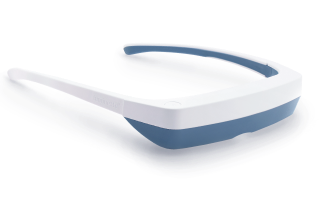
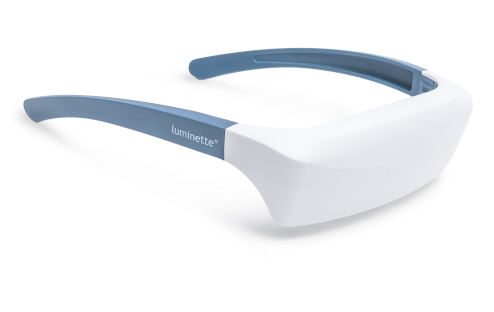
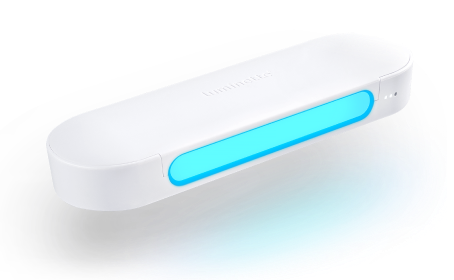
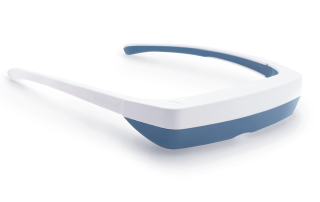
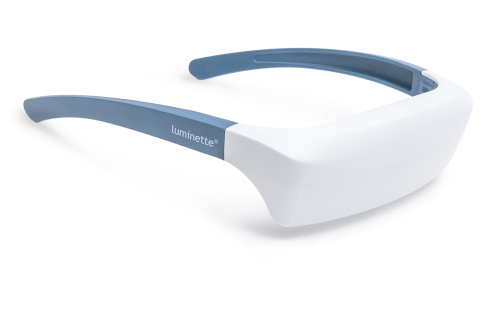
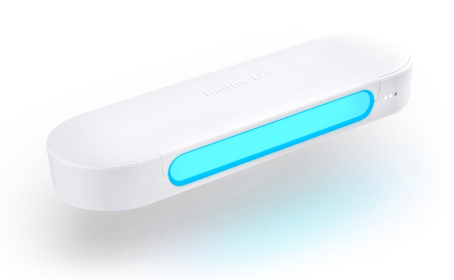
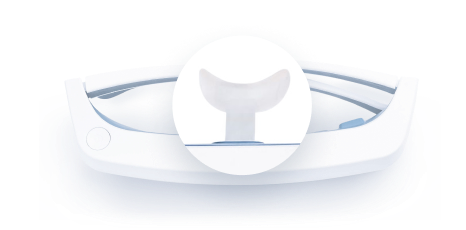
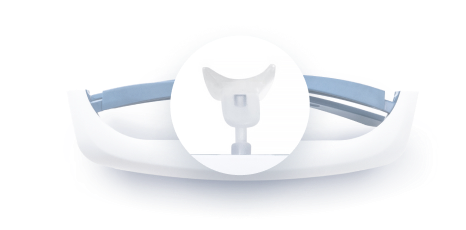
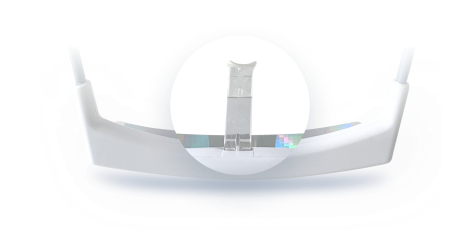
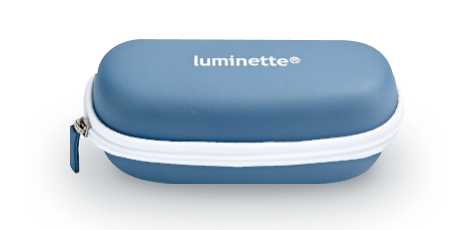
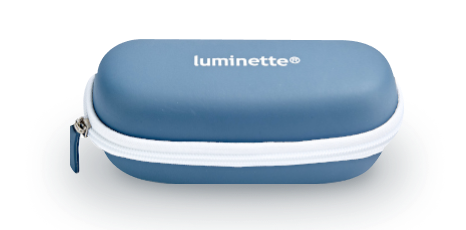





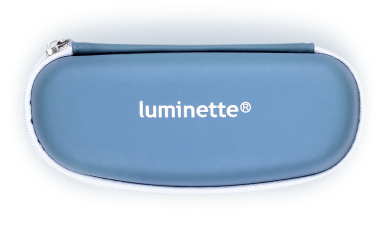
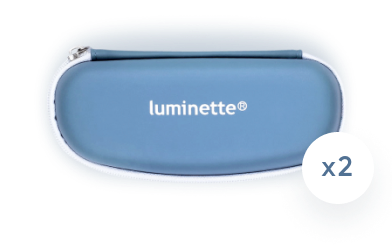
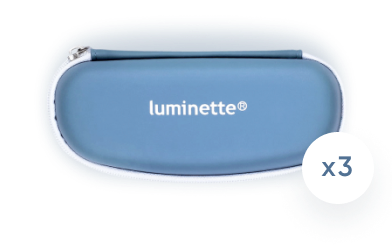
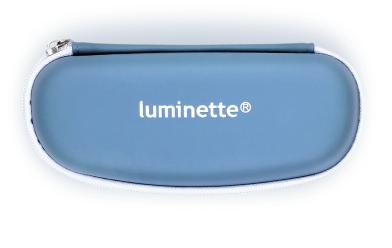
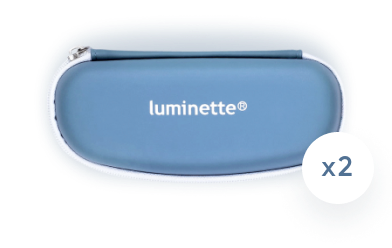
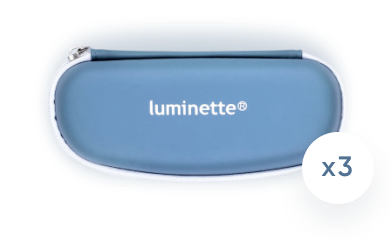
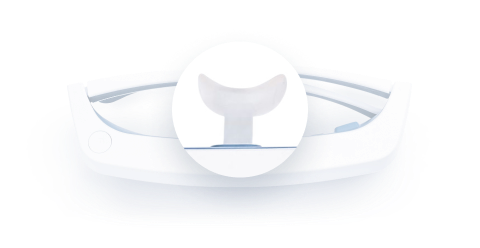
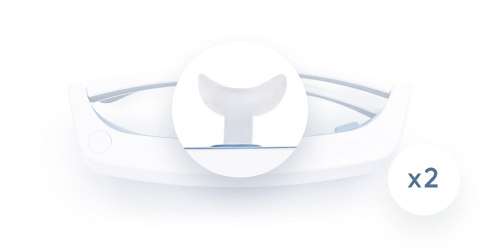
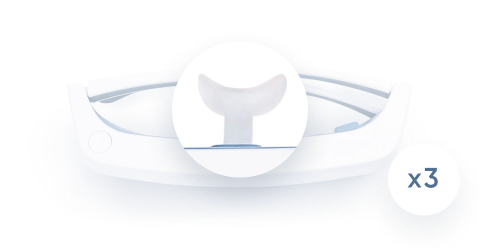
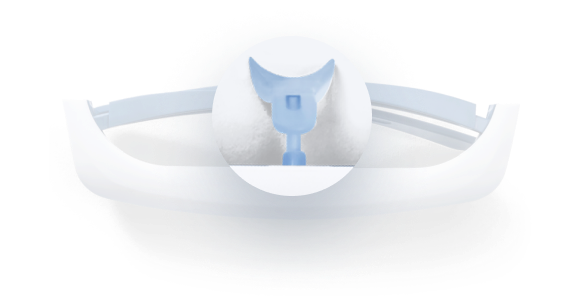
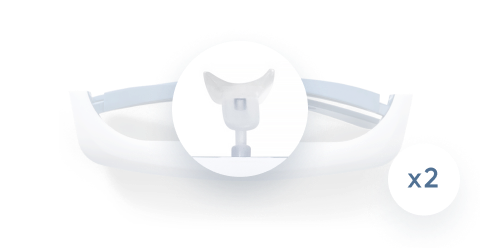
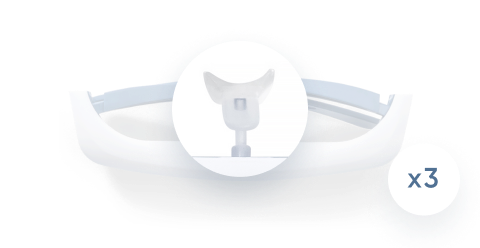
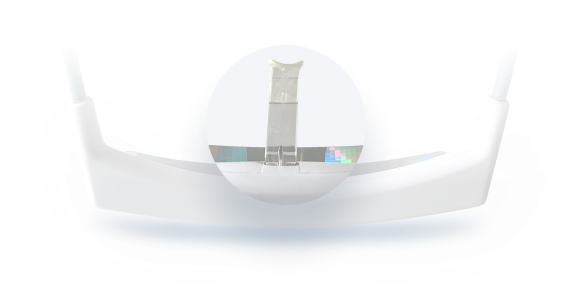
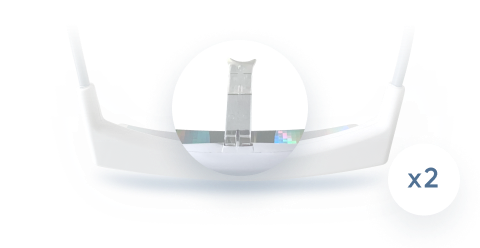
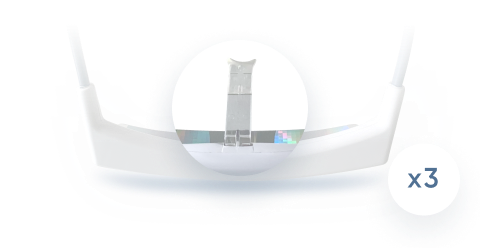
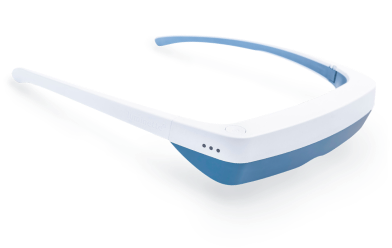
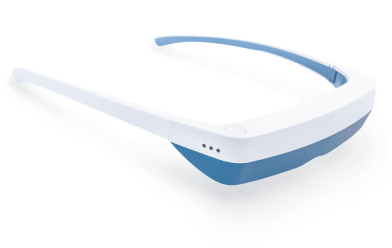
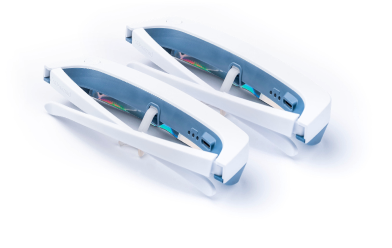
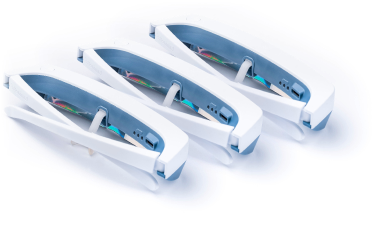


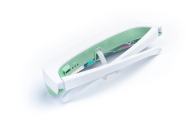
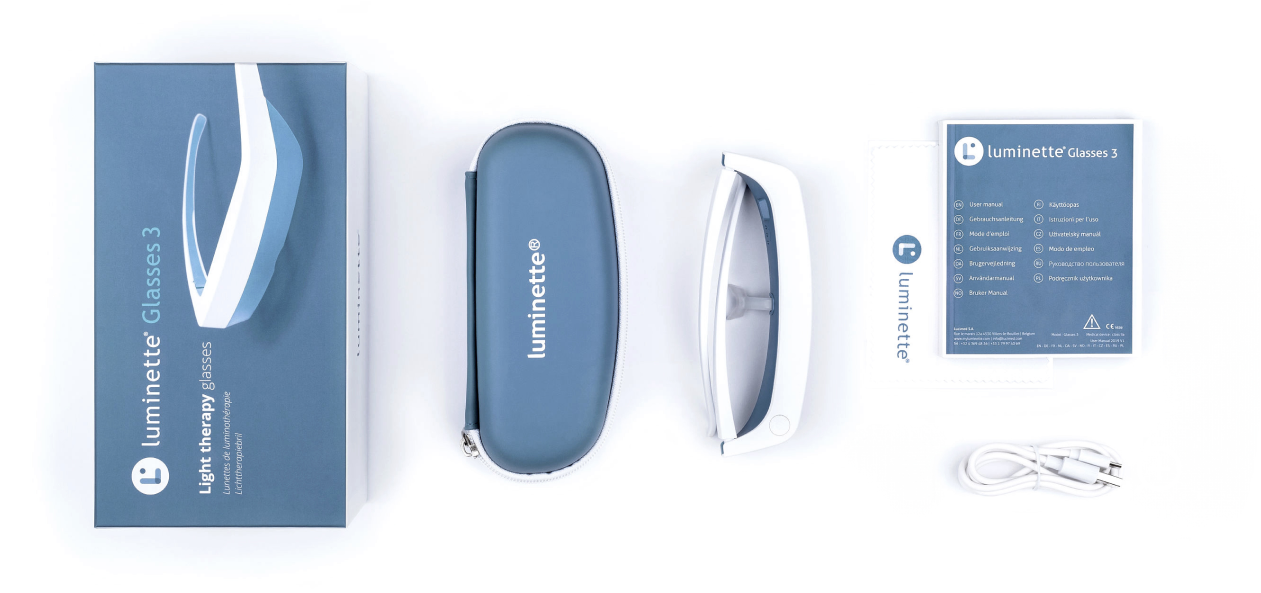
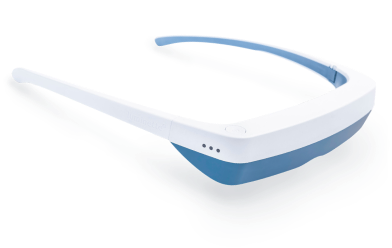


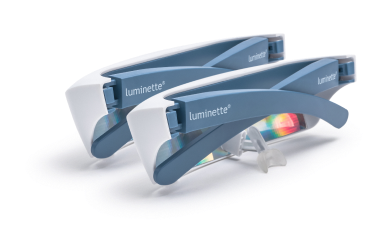
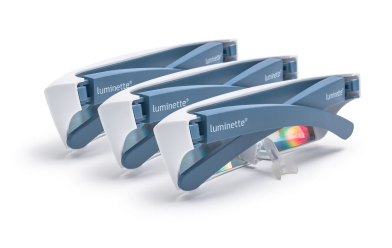
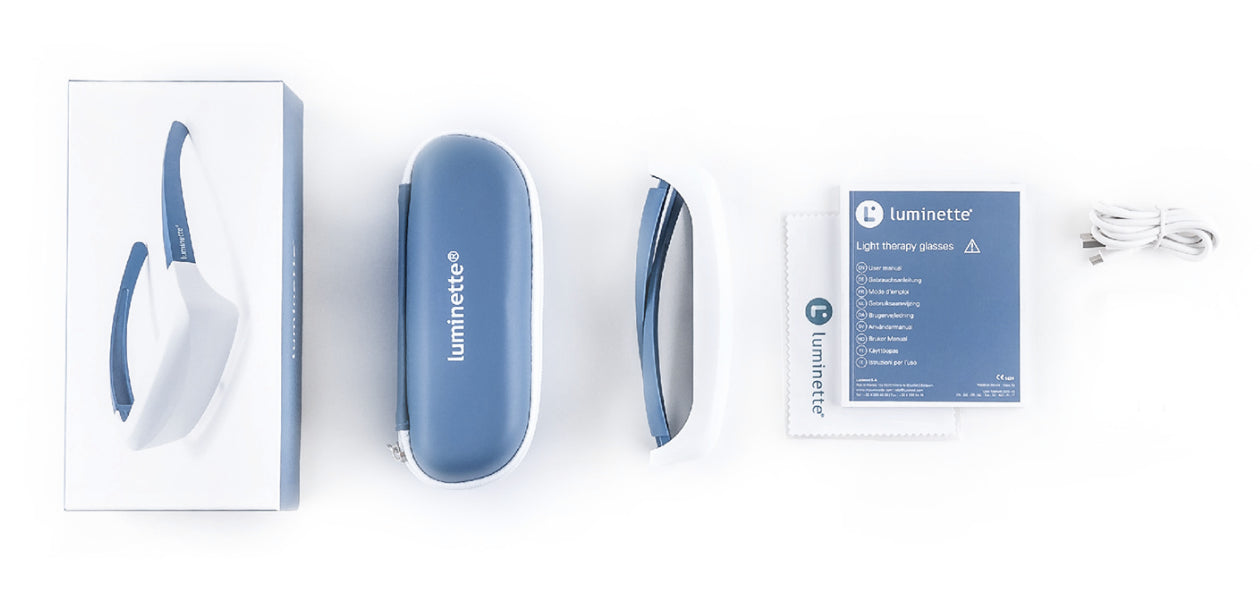
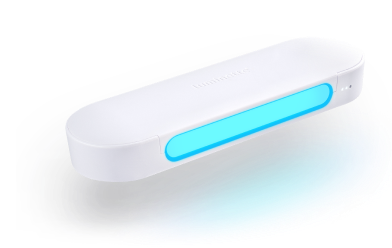
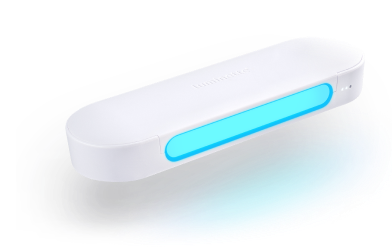
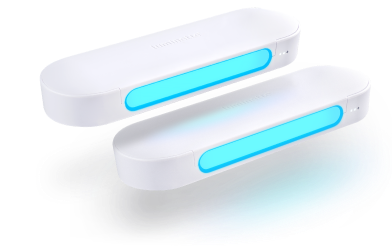
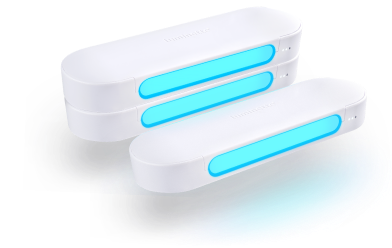
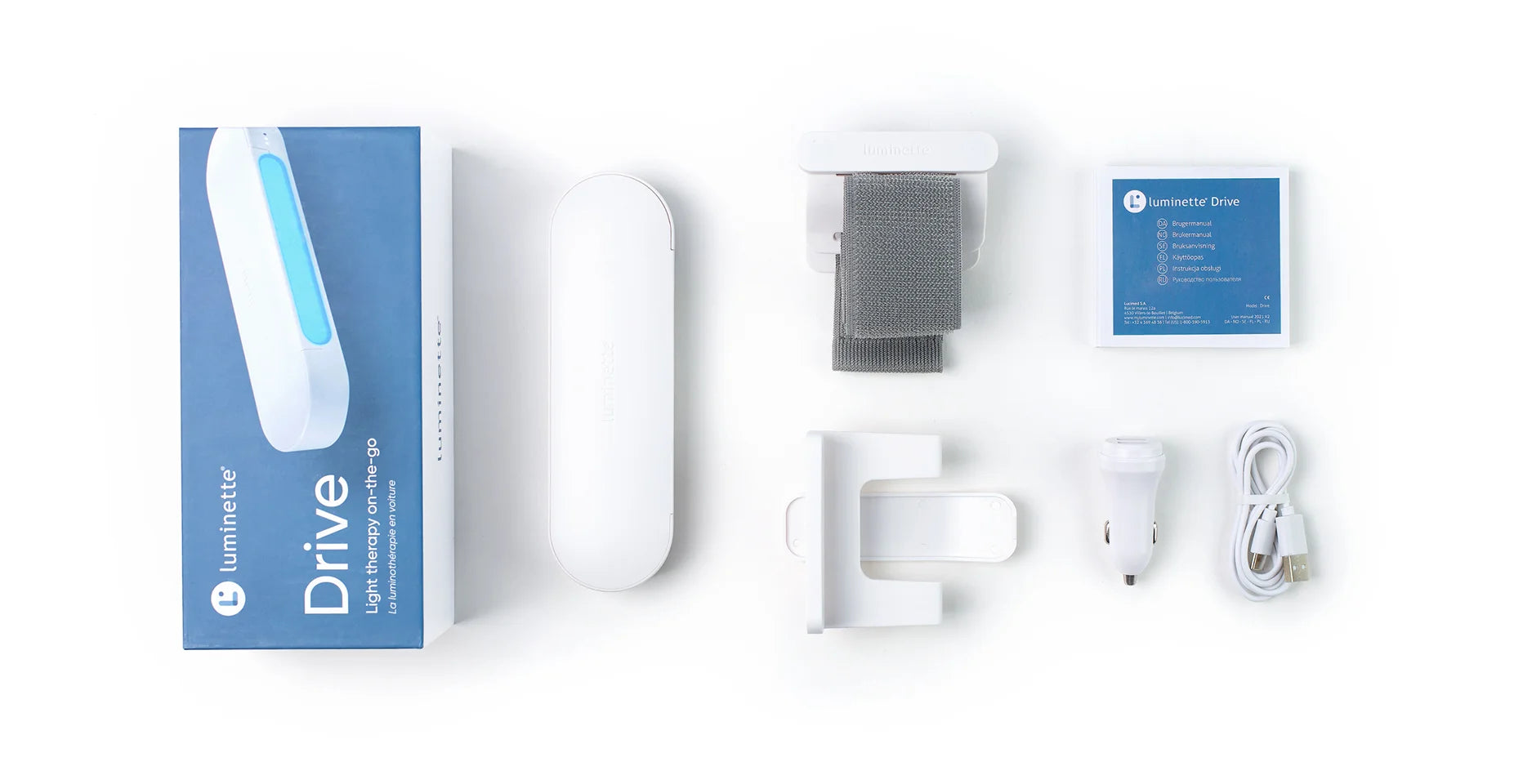

 Please note
Please note



